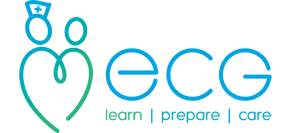No matter a person’s size or shape, we all need vaccines at some point in our lives. For most vaccines best practice is to expose the arm, locate the acromion process, find 2.5cms below and administer the vaccine into the deltoid. It is well known what happens if a vaccine isn’t administered into the deltoid muscle.

Injecting too high can cause frozen shoulder, which is painful and has a long recovery time. Injecting too low can cause nerve damage which can be permanent and cause paralysis of the affected arm. But what happens if a person has an arm with little muscle mass or if their arm has higher than average subcutaneous fat coverage?
It is important the correct needle size is selected so the vaccine is injected into the muscle maximising immune response and causing as little harm as possible. If the needle does not reach the muscle, then it can affect the body’s immune response.
The Green Book states that for most people a blue 23G needle (which are 23mm in length) will be sufficient for intramuscular injections in babies, children, and adults. If a person is of a larger size, then you can also use a blue 23G needle which is 38mm in length. For most people with larger arms, the extended needle length will be sufficient, but it should be a decision made on an individual basis.

If a Healthcare Professional feels a person has too little muscle mass to administer a vaccine into the deltoid, then there is another option. There are vaccines you can administer into anterolateral aspect of the thigh if required. This is the thickest part of the muscle which is located between the upper and middle thirds of the muscle. If you do vaccinate in the deltoid, then it is recommended that you ‘bunch’ the deltoid muscle rather than the normal ‘stretch’ method, to ensure the vaccine goes into the muscle and not subcutaneous fat.
As with all aspects of vaccination before you administer a vaccine this way check your PGD and local policy to see if they allow it!
Written by Jodie Convey RSCN, Clinical Development Manager, ECG Training, Monday 17th January 2022
References:












